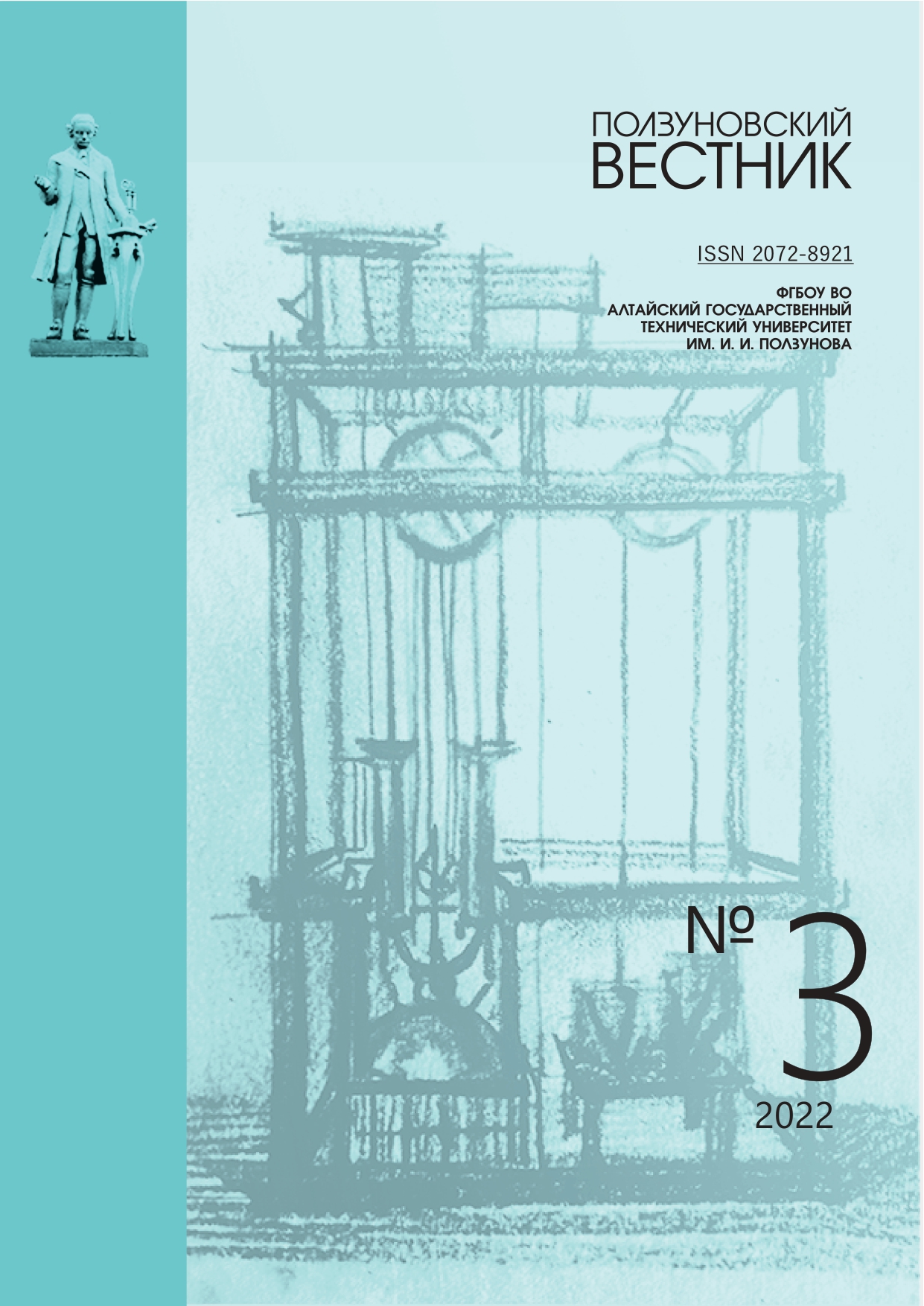NFLUENCE OF FILLERS PRODUCED ON THE BASIS OF GRAIN PROCESSING WASTE ON THE CHEMICAL RESISTANCE OF EPOXY MATERIALS
EDN: TYTOQQ
DOI:
https://doi.org/10.25712/ASTU.2072-8921.2022.03.030Keywords:
epoxy polymers, chemical resistance, rice and buckwheat husk, ash, porosity, gel fractionAbstract
Epoxy materials are often in operating conditions exposed to aggressive media, the most typical of which are water, aqueous solutions of acids, alkalis and salts. These aggressive media have a small size of molecules, which allows them to penetrate into the defective zones of the network structure, as well as into the pore space of the fillers used. Promising fillers for epoxy polymers are products of processing of rice and buckwheat husks, which significantly improve the complex of basic operational properties of materials and are large-tonnage vegetable waste from agriculture. It has been established that regardless of the type of vegetable filler used, the type of aggressive liquids and the test time, there is a natural increase in the mass of samples of epoxy materials. The filling of epoxy composites with buckwheat and rice husks leads to an increase in their swelling in all studied aggressive liquids compared to the base composition.
The use of buckwheat husk as an ash filler reduces the stability of epoxy materials in all studied aggressive environments, due to a decrease in the density of their spatial network. This effect increases with increasing ash production temperature, due to an increase in its porosity. The use of rice husk ash as a filler causes greater chemical resistance of epoxy materials than the filling of buckwheat husk ash. The least swelling of epoxy materials occurs when rice husk ash obtained at 500 °C are used as filler. This is due to its relatively lower porosity, the absence of large pores (macropores) and the low content of the organic phase. Thus, the stability of filled epoxy materials in aggressive environments depends on the density of their network structure, the volume and pore size of the fillers used, and the content of the organic phase in their composition.
References
Хапёрских С.А., Ананьева Е.С. Влияние природы наполнителя на твердость и износ дисперсно-наполненных композиционных материалов на основе эпоксидно-дианового связующего // Ползуновский вестник. 2021. № 4. С. 163‒172 .
Соломатов, В.И. Химическое сопротивление материалов [Текст] / В.И. Соломатов, В.П. Селяев, Ю.А. Соколова. – М.: РААСН, 2001. – 284 с.
Nwosu-Obieogu K., Chiemenem L., Adekunle K., Utilization of Rice Husk as Reinforcement in Plastic Composites Fabrication- A Review, American Journal of Materials Synthesis and Processing. Vol. 1, No. 3, 2016, pp. 32-36.
Панкеев В.В. Новые наполнители эпоксидных компаундов на основе модифицированных целлюлозосодержащих отходов / В.В. Панкеев, А.В. Никифоров, Е.С. Свешникова, Л.Г. Панова // Пластические массы. – 2012. – № 5. – С. 50-52.
Azadi M., Bahrololoom M.E., Heidari F. Enhancing the mechanical properties of an epoxy coating with rice husk ash, a green product Journal of Coatings Technology and Research, 2011, Volume 8, Issue 1, pp 117–123
Гаврилов М.А. Особо плотные эпоксидные композиты на основе отходов производства: монография / М.А. Гаврилов. – Пенза: ПГУАС, 2014. – 132с.
Zemnukhova L.A., Shkorina E.D., Fedorishcheva G.A. Composition of inorganic components of buckwheat husk and straw // Russian Journal of Applied Chemistry. – 2005. – Vol. 78(2). – P. 324-328. DOI: 10.1007/s11167-005-0284-1.
Gotlib E.M. Agricultural By-Products as Advanced Raw Materials for Obtaining Modifiers and Fillers for Epoxy Materials / E.M. Gotlib, T.N. Ha Phuong, T.L. A. Nguyen, Sokolova Alla, E.S. Yamaleeva, I.N. Musin // Key Engineering Materials. - 2019. - Vol. 822. - P. 343-349.
Готлиб Е.М., Валеева А.Р., Ямалеева Е.С., Нцуму P.Ш. Изучение влияния температуры получения золы гречневой шелухи на антифрикционные свойства и износостойкость эпоксидных покрытий Бутлеровские сообщения, 2021, т.687, №12, с 70-76
Rojas O.J. Cellulose chemistry and properties: fibers, nanocelluloses and advanced materials / O. J. Rojas //– Springer, 2016, V. 271.– P. 67– 72.
Valeeva A.R. Anti-friction epoxy coatings modified with rice husk / A.R. Valeeva, A.R. Gimranova, E.M. Gotlib, E.R. Galimov // IOP Conf. Series: Materials Science and Engineering. – 2020. - № 3. – P. 1-8.
Готлиб Е.М. Утилизация рисовой шелухи путем получения наполнителей на ее основе Безопасность, защита и охрана окружающей природной среды: фундаментальные и прикладные исследования / Е.М. Готлиб, Р.Ш. Нцуму, А.Р. Валеева, А.Р. Гимранова, Э.Р. Галимов // Сборник докладов Всероссийской научной конференции. Изд-во: Белгородского государственного технологического университета им. В.Г. Шухова, Белгород, 2020. - С. 113-118. ISBN 978-5-361-00234-6
Кириллов В.Н. Cтойкость новых композиционных материалов / В.Н. Кириллов, В.А. Ефимов, В. В. Кривонос [и др.] // Авиационная промышленность. — 2004. — № 4. — С. 44–47.
Włoch, M., & Landowska, PPreparation and Properties of Thermoplastic Polyurethane Composites Filled with Powdered Buckwheat Husks. Materials. 2022, 15, 356. https://doi.org/10.3390/ma15010356
Арефьев А.В, Подбородников И.В, Шацкий А.Ф., Литасов К.Д. Синтез и рамановские спектры двойных k-ca карбонатов: k2ca(co3)2 бючлиита, файрчильдита и k2ca2(co3)3 при 1 атм // Геохимия. - 2019. - Т.64. - № 9. - С.967-973. - ISSN 0016-7525.
Downloads
Published
How to Cite
Issue
Section
License
Copyright (c) 2022 Elena M. Gotlib, Ekaterina S. Yamaleeva, Alina R. Valeeva, Almira R. Gimranova, Rut Sh. Ntsoumou

This work is licensed under a Creative Commons Attribution 4.0 International License.















 .
. This work is licensed under a
This work is licensed under a 
